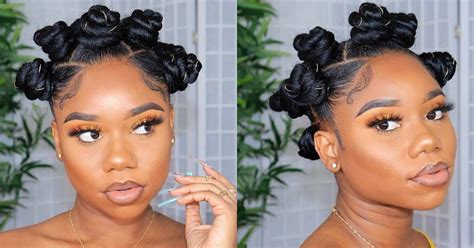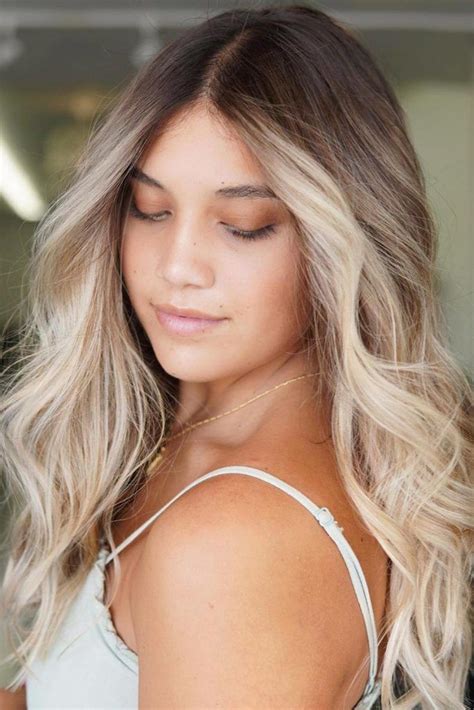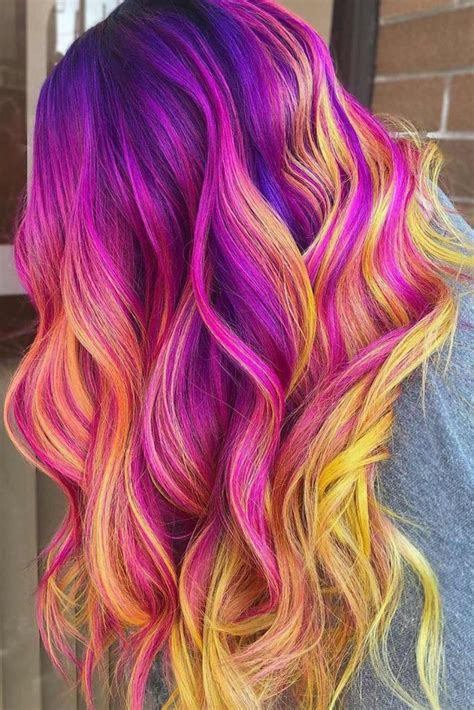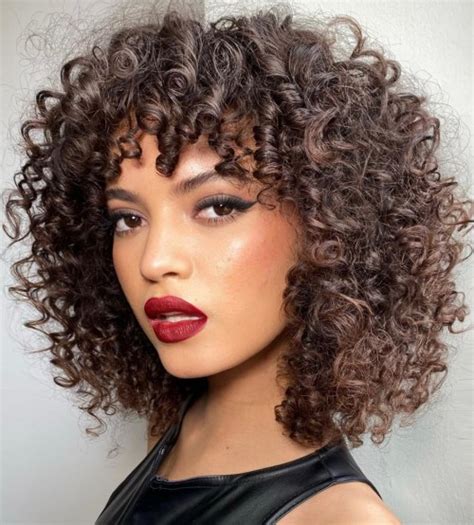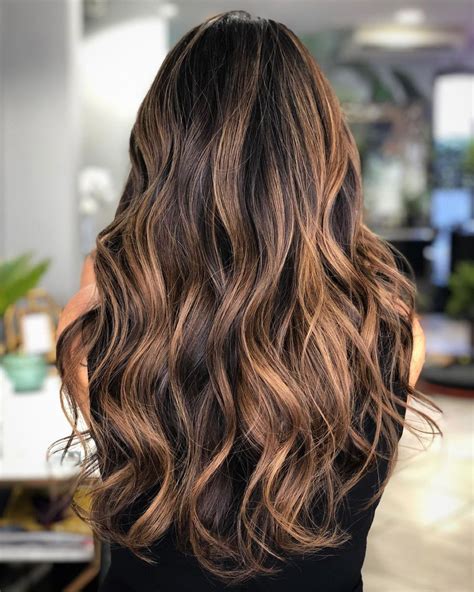Discover the history, benefits, and how-tos of Bantu Knots. Learn how to create, style, and maintain these iconic natural hair looks.
What are Bantu Knots?
Contents
Bantu knots are a traditional African hairstyle that has been around for centuries. They are a protective hairstyle that involves twisting sections of hair into small knots. The style is popular among people of African descent and has gained popularity in recent years as a fashionable and versatile hairdo.
Bantu knots are known for their distinctive look, with the hair twisted into small, coiled knots that resemble the traditional hairstyles of the Bantu people of sub-Saharan Africa. The style is often worn as a protective hairstyle to help retain moisture and prevent breakage, making it a popular choice for those with natural and textured hair.
One of the defining features of Bantu knots is their versatility. They can be worn as a stand-alone style, or as a base for creating other hairstyles such as bantu knot-outs or bantu knot crowns. This makes them a popular choice for those looking for a low-maintenance, yet stylish look.
Overall, Bantu knots are a versatile and stylish hairstyle that has stood the test of time. Whether worn as a protective hairstyle or as a fashion statement, their rich history and distinctive look make them a popular choice for those with natural and textured hair.
History of Bantu Knots
Bantu knots are a traditional African hairstyle that has been around for centuries. The style originated in southern Africa, where women would create small, coiled knots in their hair as a way to keep their hair neat and manageable. The style was also popular among men, who would wear the knots as a symbol of their social status and heritage.
Historically, Bantu knots were not only a practical hairstyle, but also a cultural tradition. The knots were often considered a symbol of beauty and were worn during special occasions such as weddings, festivals, and coming-of-age ceremonies. In some African cultures, the knots were even used as a form of communication, with different patterns and styles representing different messages or meanings.
Over time, the style spread beyond Africa and became popular in other parts of the world, particularly within the African diaspora. Today, Bantu knots are a symbol of pride and connection to African heritage, and are often worn as a statement of cultural identity and beauty.
The history of Bantu knots is a rich and meaningful one, deeply rooted in African tradition and pride. The style has evolved and adapted over time, but its cultural significance and beauty remain as strong as ever.
Benefits of Bantu Knots
Benefits of Bantu Knots
Bantu knots are a traditional African hairstyle that has been around for centuries. They have recently gained popularity in the mainstream fashion world for their versatility and unique look. One of the major benefits of Bantu knots is that they are a protective hairstyle, which means they help to protect the ends of your hair from damage. This can be especially beneficial for those with natural hair, as it can help to prevent breakage and split ends.
Another benefit of Bantu knots is that they are a great way to achieve heatless curls. When you unravel the knots, you’ll be left with beautiful, bouncy curls that are completely heat-free. This is not only better for the overall health of your hair, but it also saves you time and effort in styling. Additionally, Bantu knots are a low-maintenance hairstyle that can last for several days, making them perfect for those with busy schedules.
Furthermore, Bantu knots are a versatile hairstyle that can be dressed up or down for any occasion. Whether you’re going for a casual daytime look or a more formal evening style, Bantu knots can be styled in a variety of ways to suit your outfit and mood. They can also be adorned with accessories such as beads or hair cuffs to add some extra flair to your look.
Not only are Bantu knots beneficial for your hair, but they also have cultural significance. They are a symbol of African heritage and pride, and wearing them can be a celebration of diversity and individuality. By embracing Bantu knots, you are honoring a rich tradition and showing appreciation for the beauty of natural hair.
In summary, the benefits of Bantu knots are numerous. From protecting your hair and achieving heatless curls to their versatility and cultural significance, Bantu knots are a stylish and practical choice for anyone looking to switch up their hairstyle.
How to create Bantu Knots
Bantu knots are a popular and stylish way to create curls and waves in natural hair. They are a great protective hairstyle and can last for several days if maintained properly. To create Bantu knots, start with clean and moisturized hair. Part your hair into sections and apply a styling product to each section. Then, twist each section of hair and wrap it around itself to form a small knot. Secure the knot with a hair tie or bobby pin, and repeat this process for each section of hair. Leave the knots in for a few hours or overnight, then carefully unravel them to reveal beautiful curls and waves.
To begin creating Bantu knots, start with freshly washed and conditioned hair to ensure that your hair is clean and moisturized. Apply a leave-in conditioner or moisturizing cream to each section of hair to ensure that your hair is properly hydrated. This will help to prevent breakage and damage while creating the knots.
Next, part your hair into small sections. The number of sections will depend on how large or small you want your Bantu knots to be. Use a comb to create clean, even parts, and then secure the rest of your hair out of the way with hair clips or ties. Working with one section of hair at a time will make it easier to create neat and uniform knots.
Apply a styling product to each section of hair. This could be a curl enhancing cream, styling gel, or hair oil, depending on your hair type and the look you want to achieve. Use your fingers to work the product through each section of hair, ensuring that it is evenly distributed from root to tip. This will help to define your curls and waves and keep them in place once the knots are created.
Once the product is applied, twist the section of hair and wrap it around itself to create a small knot. Keep the knot relatively close to your scalp to ensure that it is secure, but not so tight that it causes discomfort. Use a hair tie or bobby pin to secure the knot in place, and repeat this process for each section of hair. Once all of the knots are in place, you can leave them to set for a few hours or overnight, depending on how tight you want your curls to be.
Styling and maintaining Bantu Knots
Bantu knots are a popular and versatile hairstyle that can be styled in a variety of ways. Whether you have natural hair, curly hair, or straight hair, Bantu knots can be a great way to switch up your look. The process of creating Bantu knots involves sectioning the hair and twisting it into small knots, which are then left to set into a curly or wavy pattern.
When styling Bantu knots, it’s important to make sure that the hair is properly moisturized and detangled. Using a leave-in conditioner or hair oil can help to keep the hair soft and manageable, making it easier to twist into knots. Additionally, using a styling gel or mousse can help to hold the knots in place and reduce frizz.
To maintain Bantu knots, it’s essential to protect them while sleeping. Wrapping the hair in a satin scarf or using a satin pillowcase can help to prevent friction and tangles, preserving the integrity of the knots. It’s also important to regularly moisturize the hair and scalp to prevent dryness and breakage.
Another key aspect of maintaining Bantu knots is to avoid manipulation and manipulation of the knots. This includes excessive touching, pulling, or re-twisting, as this can cause damage to the hair and disrupt the curl pattern. Instead, allow the knots to set and unravel naturally, and avoid excessive heat styling or use of harsh chemicals.
Frequently Asked Questions
What are Bantu knots?
Bantu knots are a type of hairstyle originating from African cultures, where the hair is twisted into small knots to create a unique and stylish look.
How are Bantu knots created?
To create Bantu knots, the hair is divided into small sections, twisted tightly, and then wrapped around itself to form a knot. The process is repeated until all the hair is knotted.
Can Bantu knots be done on any hair type?
Yes, Bantu knots can be done on various hair types. They are especially popular for natural hair, but can also be achieved on relaxed or straight hair with the right technique.
How long do Bantu knots last?
Bantu knots can last for several days to a week, depending on the texture of the hair and how well they are maintained. Sleeping with a satin scarf or pillowcase can help preserve the knots.
Are Bantu knots easy to take down?
Yes, Bantu knots are fairly easy to take down. Simply unwind each knot carefully and then gently separate the twisted sections to reveal the curly or wavy texture.
Can Bantu knots be styled in different ways?
Yes, Bantu knots can be styled in various ways once they are taken down. The hair can be fluffed out for added volume, or the curls can be defined further with styling products.
Are Bantu knots damaging to the hair?
When done correctly, Bantu knots are not damaging to the hair. In fact, they can be a protective style that helps retain moisture and prevent breakage.

